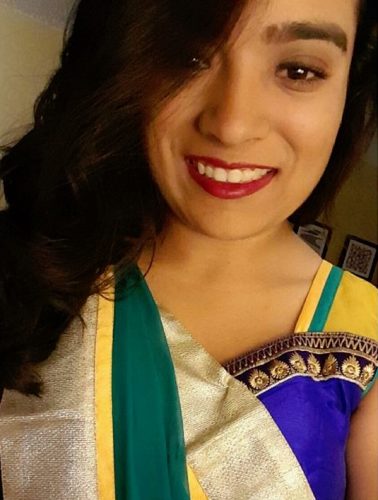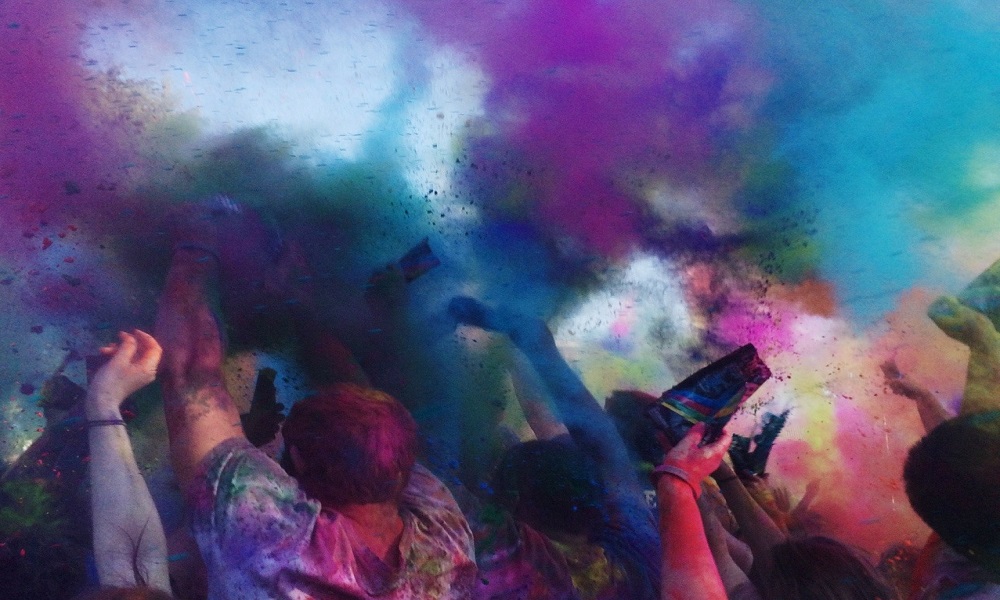by Anjali Bhakta – Follow @anjaliib
Holi, the festival of colors, has officially started and we all know what that means: vibrant powders, tasty foods, and masti galore. But what’s a festival without music? Well, have no fear, Brown Girl is here with the Top 10 Holi Songs that you should add to your playlist and blast at any upcoming Holi events.
1. Balam Pichkari – Yeh Jawaani Hai Deewani
[Read Related: Holi, Lord Krishna, and the Perfect Hues of Blue]
2. Rang Barse – Silsila
3. Holi Khele Raghuveera – Baghban
[Read Related: How to ‘Play Colors’ on Holi with Cookies]
4. Ang Se Ang Lagana – Darr
5. Do Me a Favour, Lets Play Holi – Waqt
6. Soni Soni – Mohabbatein
8. Khaike Paan Banaraswala – Don
[Read Related: 9 Sweet ‘Not Your Mama’s’ Holi Recipes]
9. Lahu Mun Lag Gaya – Ram Leela
10. Gori Tu Latth Maar – Ek Prem Katha
 Anjali Bhakta is currently a business administration major who loves to sip on iced coffee and aims to travel the world. She grew up watching Bollywood films and can be found catching up on the latest Bollywood music and staring at photos of puppies! (Bhakta and her cousin are secretly avoiding marriage to open up a dog sanctuary).
Anjali Bhakta is currently a business administration major who loves to sip on iced coffee and aims to travel the world. She grew up watching Bollywood films and can be found catching up on the latest Bollywood music and staring at photos of puppies! (Bhakta and her cousin are secretly avoiding marriage to open up a dog sanctuary).





